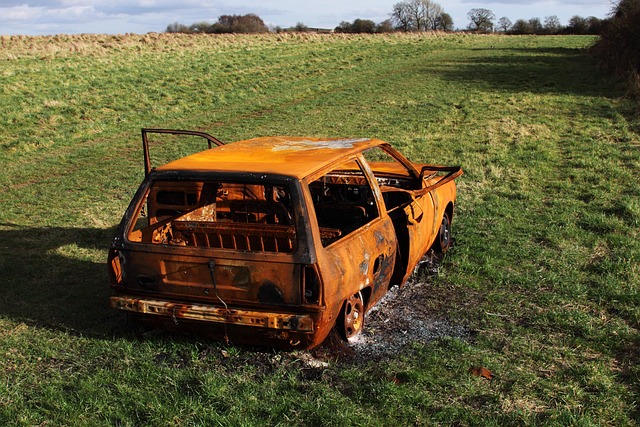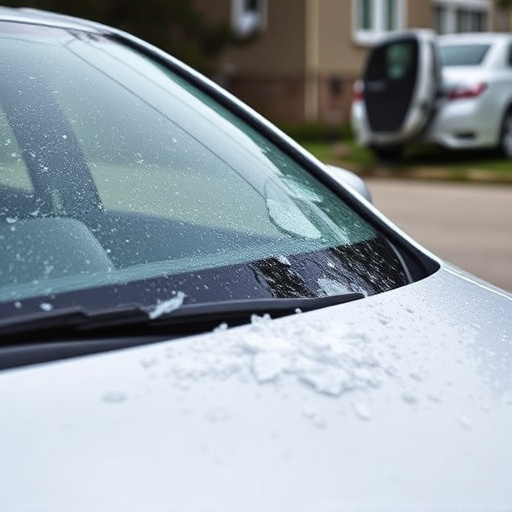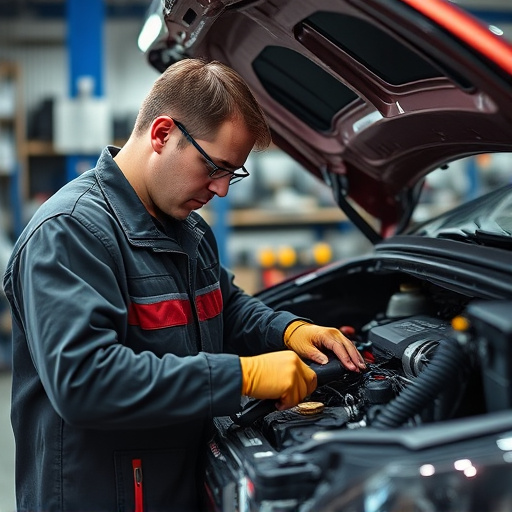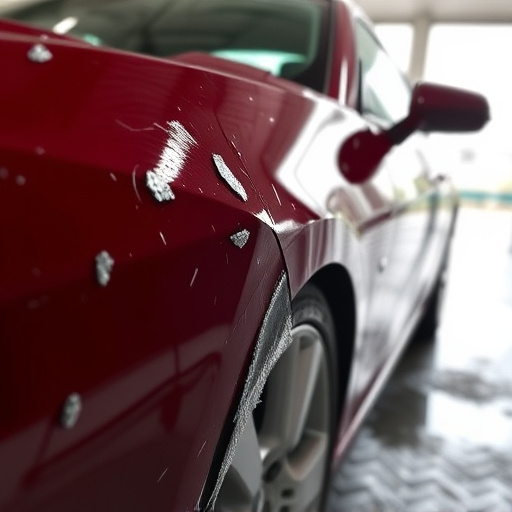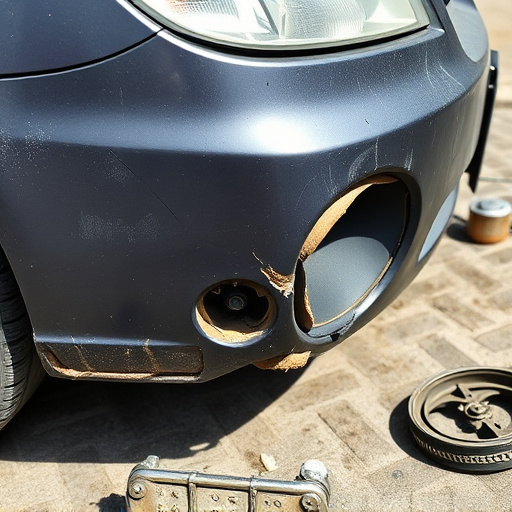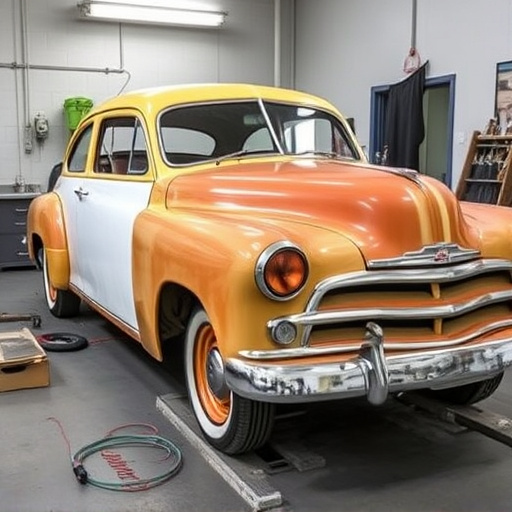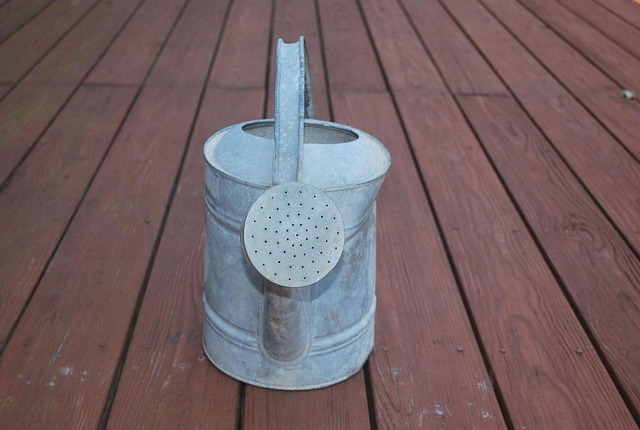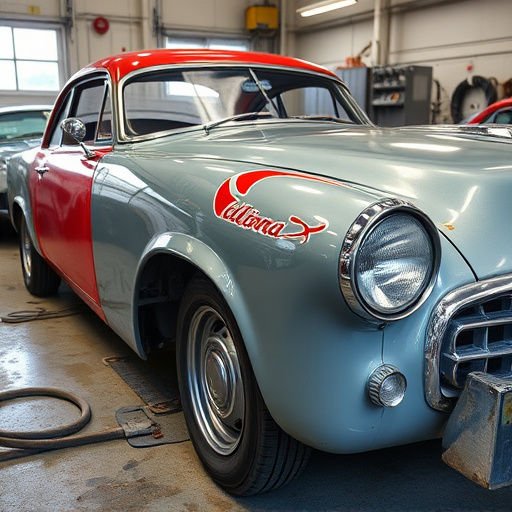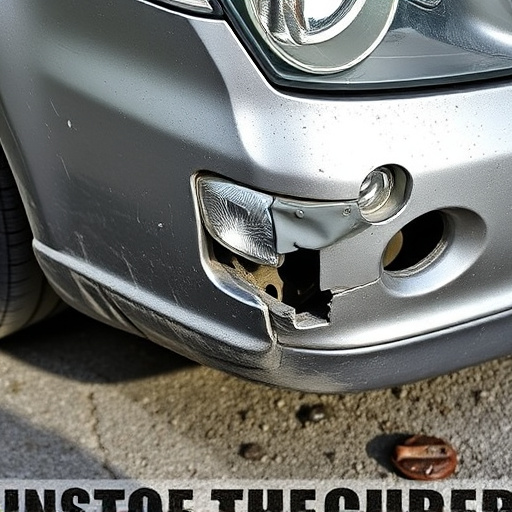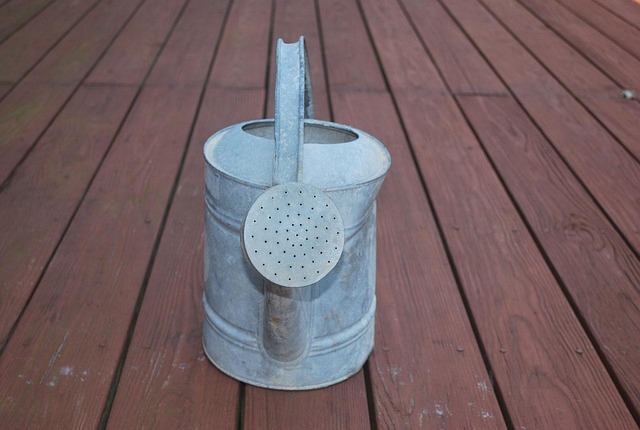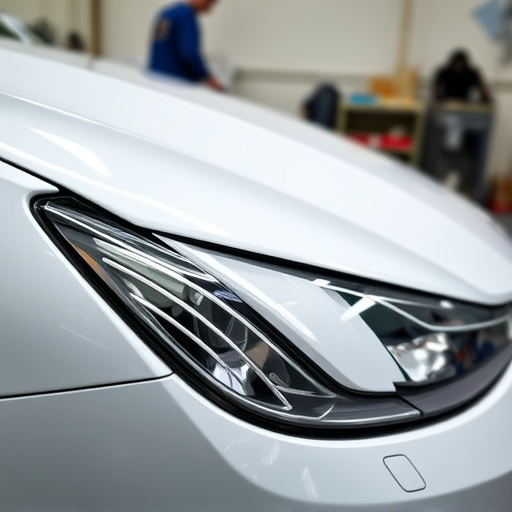Post-repair insurance inspections ensure auto body repairs meet quality standards by assessing structural integrity, color accuracy, and adherence to industry norms. This process protects all parties, streamlines claims, prevents future issues, and promotes road safety through transparent documentation of repairs.
“Unraveling the mysteries of post-repair insurance inspection is crucial for both policyholders and repair professionals. This comprehensive guide aims to shed light on this essential process, especially after major repairs or renovations.
Post-repair insurance inspections ensure that restoration work meets expected standards and protects policyholders from potential disputes. By following key steps, these inspections safeguard investments, facilitate smoother claims, and promote trust between clients and contractors. Discover the importance and best practices for effective post-repair assessments.”
- What Is Post-Repair Insurance Inspection?
- Why Is It Essential After Repairs?
- Key Steps in Conducting Effective Inspections
What Is Post-Repair Insurance Inspection?
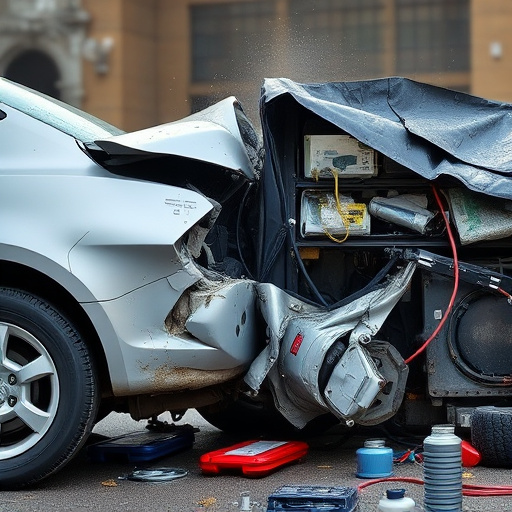
Post-repair insurance inspection is a crucial process that ensures the quality and accuracy of vehicle repair work. After a car undergoes auto body repairs or receives car paint services, an expert inspector evaluates the completed work to verify it meets industry standards and policy requirements. This involves meticulously examining every detail, from structural integrity to color match precision in the case of paint services.
The primary goal is to identify any potential issues that may have arisen during the repair process. These can include misalignments, poor-quality materials, or workmanship defects. By catching such problems early, insurance companies and policyholders can avoid future complications, ensuring fair compensation for valid claims related to vehicle repair.
Why Is It Essential After Repairs?
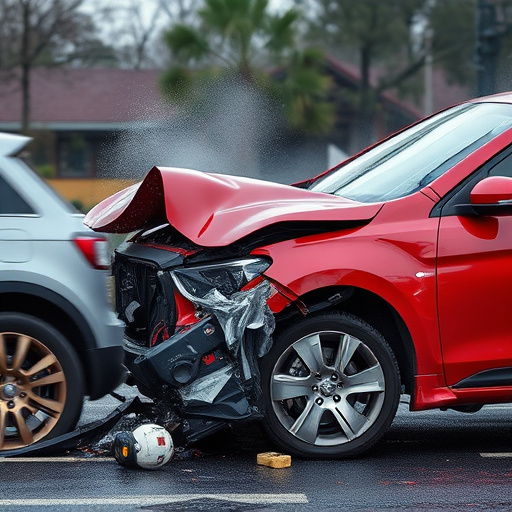
After repairs at an auto body shop or following a fender bender incident, conducting a thorough post-repair insurance inspection is crucial. This process ensures that the work performed aligns with the agreed-upon scope and quality standards set by the insurance provider and policyholder. More than just checking for visible damages, it involves evaluating the structural integrity of the vehicle, ensuring all parts are functioning correctly, and verifying that repairs were made according to industry best practices.
A post-repair insurance inspection is vital for several reasons. It helps in identifying any discrepancies or subpar workmanship that may have occurred during the repair process at the auto shop. This can protect both the policyholder and the insurer from potential disputes regarding the quality of repairs, ensuring everyone is satisfied with the outcome. Additionally, it enables the adjuster to verify that the vehicle is safe for operation, promoting road safety and preventing further issues down the line.
Key Steps in Conducting Effective Inspections

Conducting effective post-repair insurance inspections is crucial for ensuring the quality of collision repair services and auto body repairs. The key steps involve a meticulous evaluation process that starts with a thorough visual inspection. Technicians should examine every aspect of the repaired area, including paint job integrity, alignment precision, and the overall structural soundness. This initial assessment helps identify any potential issues or discrepancies that might have occurred during the repair process.
Subsequent to the visual check, functional tests are imperative, especially for critical components like auto glass replacement. These tests verify the proper operation of lights, wipers, and other safety features. Additionally, checking for water intrusion in the vehicle’s cabin is vital, as it can indicate poor sealing during auto body repair. Documentation plays a significant role; taking detailed photos and notes ensures a transparent record of the inspection, facilitating quick comparisons with pre-repair conditions and aiding in insurance claims processing.
Post-repair insurance inspection plays a vital role in ensuring that repairs are done thoroughly and accurately, safeguarding both property owners and insurance providers. By following key steps outlined in this article—comprehending the process, recognizing essential elements, and adhering to best practices—individuals can conduct effective inspections, mitigate risks, and foster fair claims resolution. Understanding the basics of post-repair insurance inspection is a crucial step in navigating the complex landscape of property damage assessments, ultimately benefiting all parties involved.
